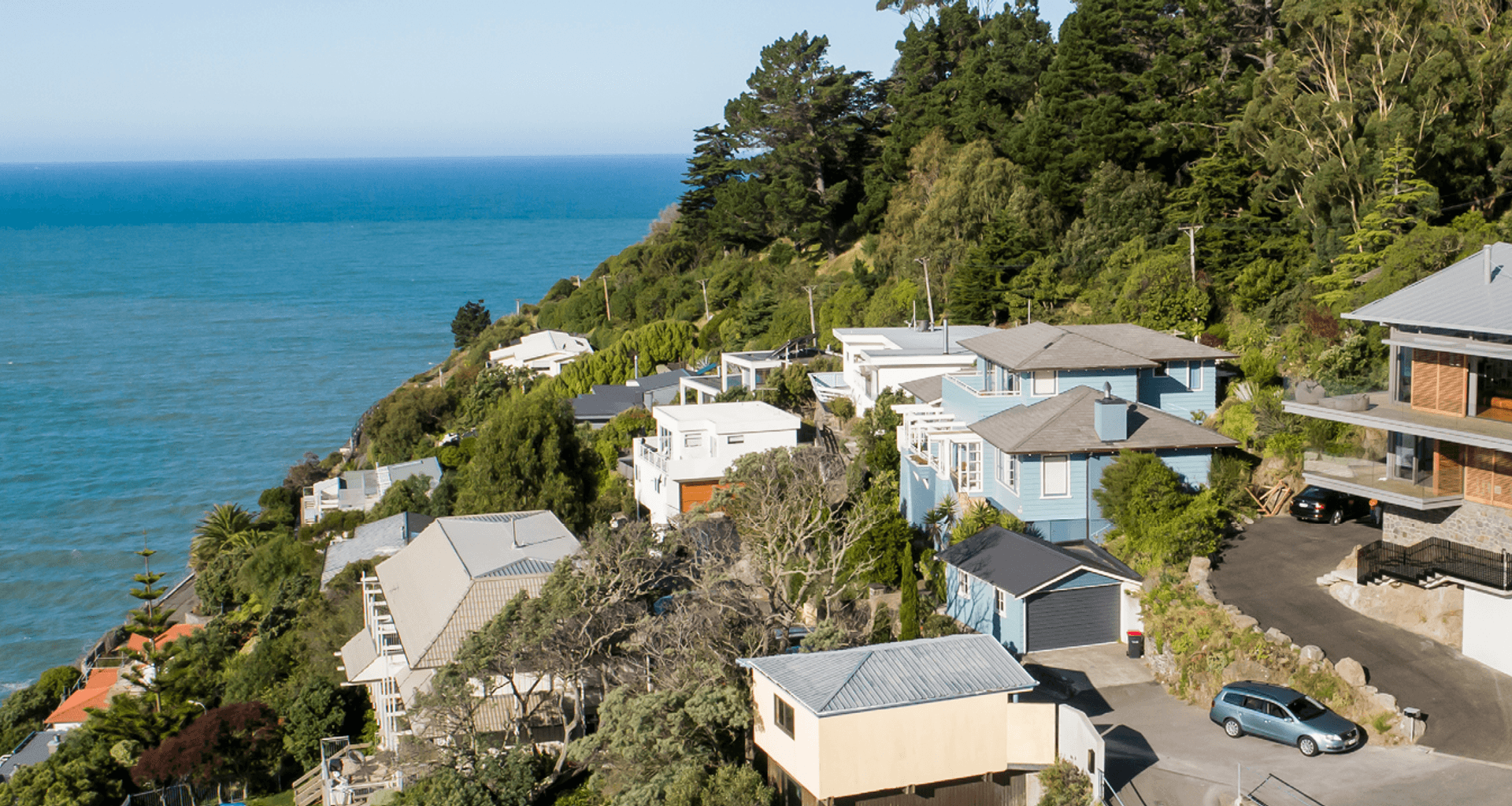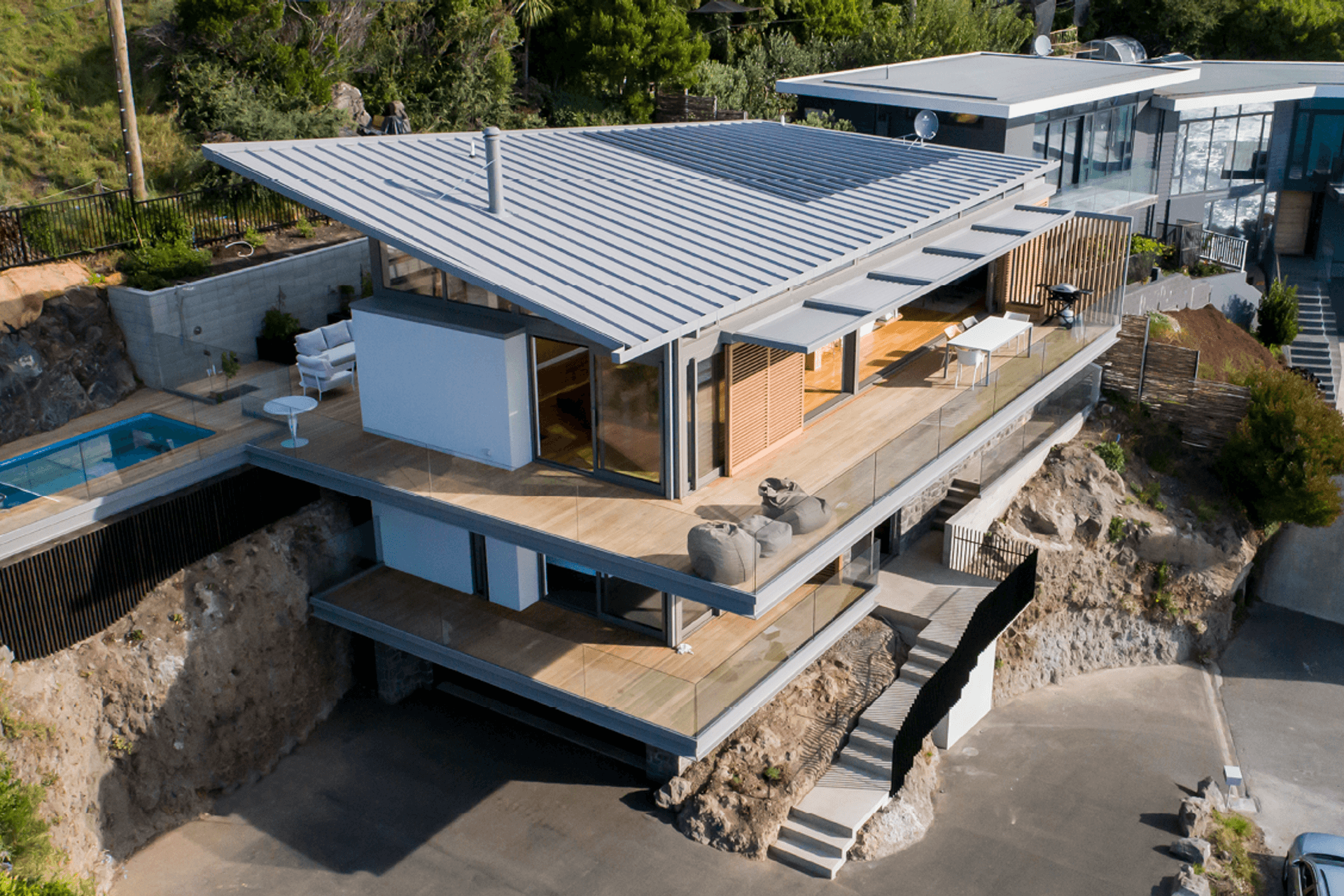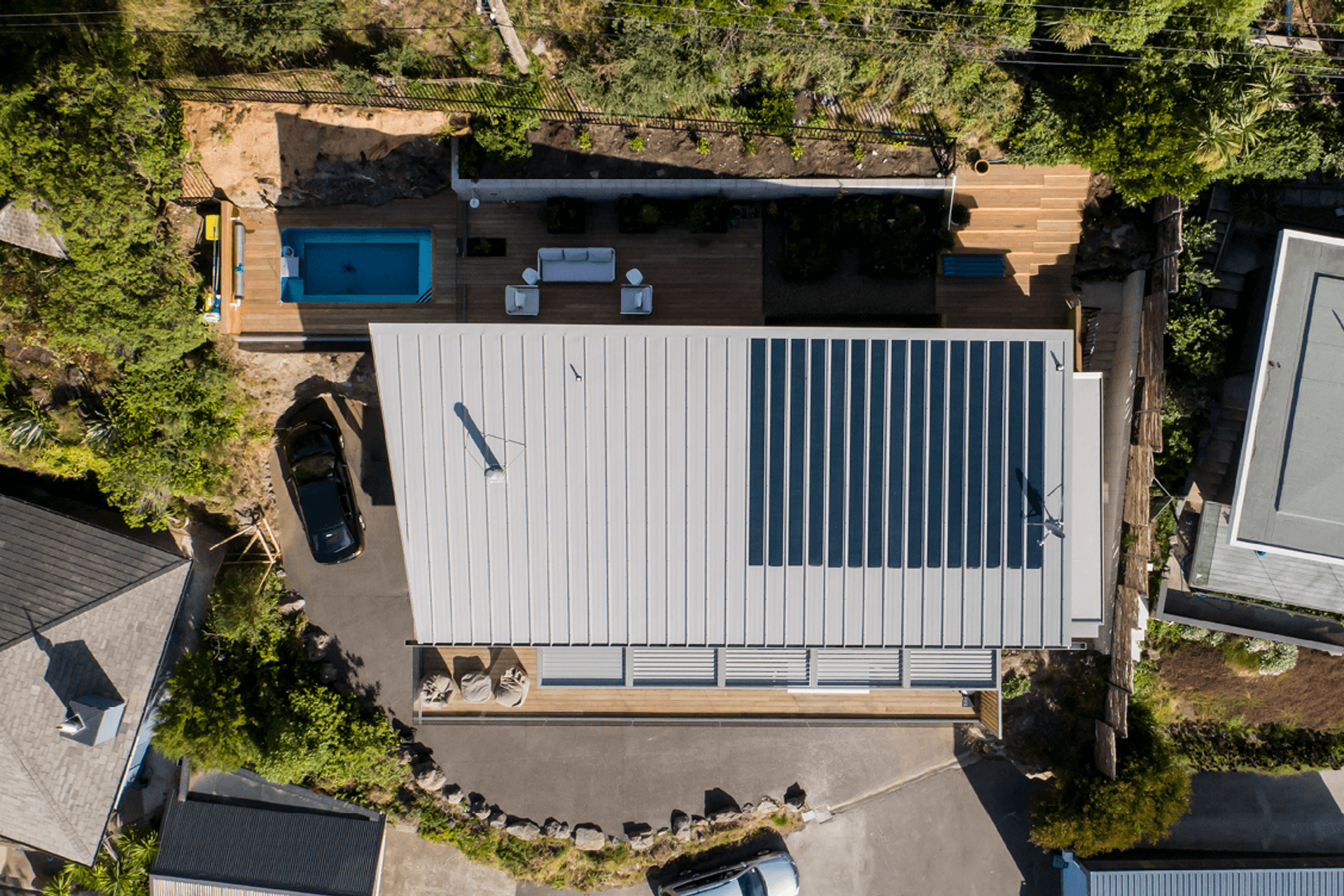How sustainable is the roof over your head?
Written by
27 April 2021
•
4 min read


New Zealand has enjoyed a reputation for being ‘clean and green’ for many years and while we may not always get it completely right we’re not afraid to put our reputation on the line, with our government joining 195 others as a co-signer of the Paris Agreement in 2015.
The goal of the Paris Agreement is to limit global warming to less than 2°C, compared to pre-industrial levels. To achieve this, signing countries agreed to implement strategies that would enable them to curb greenhouse gas emissions as soon as possible to achieve a climate neutral world by 2050.
New Zealand’s government has pledged to make the public sector carbon neutral by 2025 and is encouraging businesses and individuals to do the same. Many of our businesses—such as Dimond Roofing—have been offering homeowners and industry sustainable initiatives for many years and continue to develop new technologies designed to increase uptake in these sustainable solutions.
“Dimond Roofing has been implementing green building principals across the industry for a number of years now and has developed a fully realised environmental sustainability pathway to reach our goal of reducing our carbon emissions by 30 per cent by 2030,” says Angela Duthie, Specification Manager for Dimond Roofing.
“One of the products we have developed to help industry and homeowners realise their own carbon neutral goals is our Solar-Rib<sup>®</sup> profile, which has been designed to work in concert with our PVL solar technology.”

Solar-Rib: features and benefits
“Solar-Rib is a tray-like, linear roofing profile suitable for residential, light commercial and commercial applications. It features wide pans between expressed ribs, which impart a slightly industrial aesthetic due also to the visible fixing system.
“Solar-Rib has been developed to be installed without the need for a ply base, making it a cost-effective option and quicker to install. Additionally, because the profile is over one-metre-wide, installers get more coverage per sheet, also reducing installation time.”
One of the greatest barriers to the uptake of sustainable products is aesthetics, especially in the high-end architectural market. Angela says, Solar-Rib was developed to eliminate much of those concerns.
“Architects and homeowners were desperate for a solution that allowed the incorporation of solar technology without disrupting the architectural detailing of their homes. Solar technology, itself, has come along in leaps and bounds since the first panels were routinely being installed on rooftops, particularly with the advent of photovoltaic laminates (PVL).
“Solar-Rib was specifically designed to carry Dimond Roofing’s own PVL solution. Due to the extra width between the ribs, the PVLs sit within the pan of the tray, meaning they don’t interrupt the design aesthetics of the roof that the architect is looking to achieve. There are also no exposed cables as these sit under the ridge line. Because the PVLs are flexible they can be used on curved roofs and, because they are highly durable, they can withstand impact from people walking on the roof and things such as balls and the like.”
Although specifically paired with Solar-Rib, Dimond’s PVL solution can also be applied to any of the other tray profiles in their range, such as Heritage Tray<sup>®</sup> and Eurotray<sup>®</sup>.

Solar-Rib: sustainability that’s more than surface deep
Solar-Rib comes in 10 standard colours but a range of custom finish options is also available to complement the aesthetic conditions of any home. However, looks aren’t the only reason for choosing Solar-Rib.
“Solar-Rib can be formed from ColorCote<sup>®</sup> MagnaFlow<sup>™</sup>—a hot-dipped zinc/aluminium/magnesium alloy coated steel coil—which has the lowest carbon footprint of the roofing substrates. The magnesium content in MagnaFlow enables the zinc to migrate and self heal making it a superior option, while the ColorCote process uses the latest paint technology for added sustainability and durability of each substrate.
“We've set ourselves the ambitious goal of being the New Zealand leader in sustainable roofing materials and we feel that products such as Solar-Rib are helping us realise that goal. We are also working with a number of organisations to achieve accreditation for our products and have received Global GreenTag GreenRate Level A certification for all ColorCote roll-formed roofing products. This accreditation is recognised by the NZGBC for maximum Homestar points for MAT-1 for residential environments.
“ColorCote MagnaFlow has also been independently audited and verified by Envirospec. Similarly, as part of the Fletcher Steel group of companies, we are also a member of Toitu Carbonreduce<sup>™</sup> aiming to reduce our direct and indirect Scope 1 and Scope 2 emissions by 30 per cent by the year 2030.”
Learn more about the sustainable roofing options available for your next project.